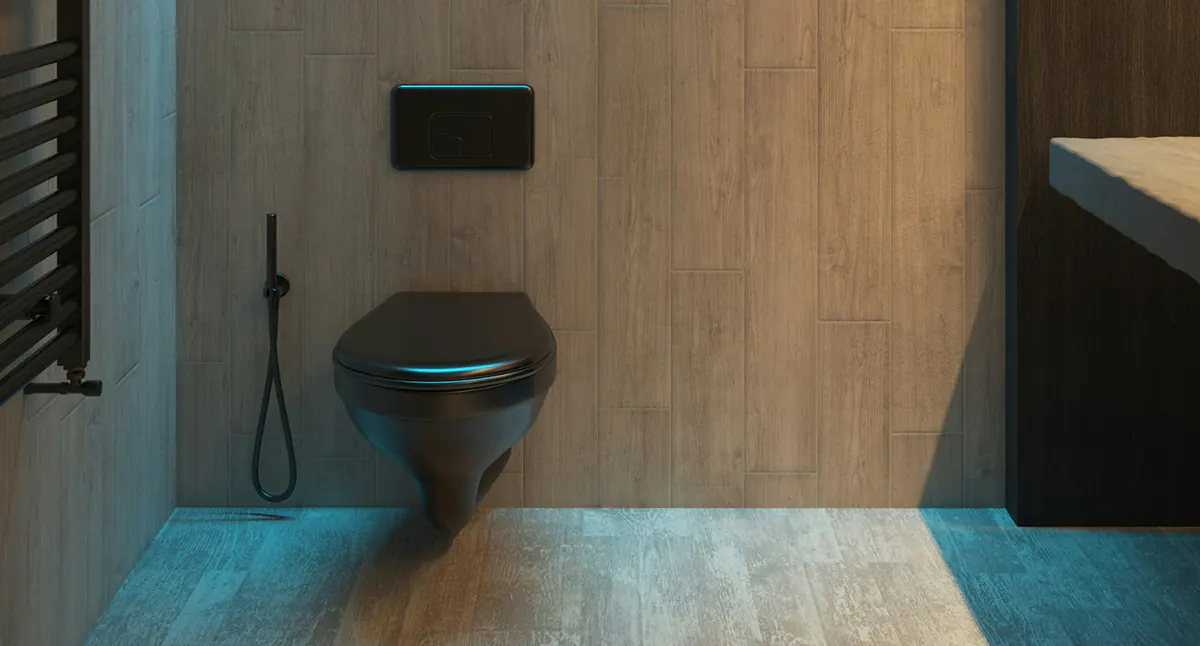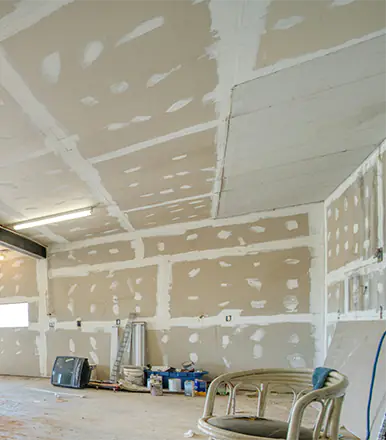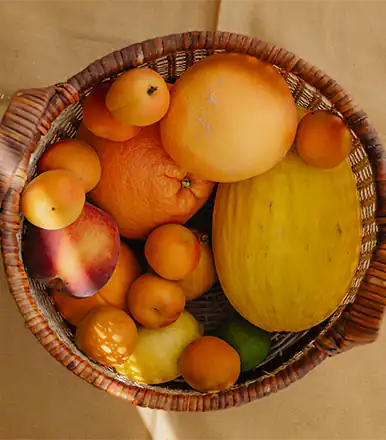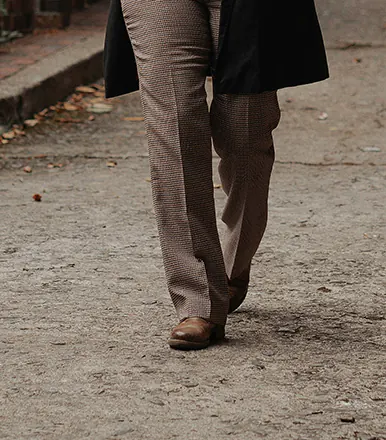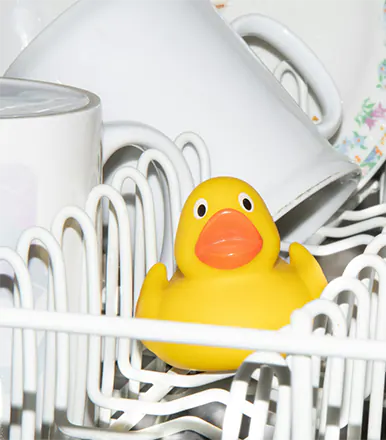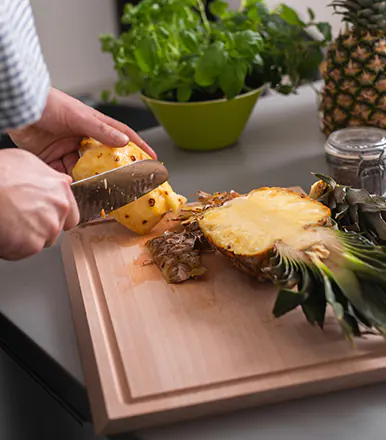Step back, gather the right tools, and learn how to clear a blockage the right way.
This way you protect your bathroom and get things running smoothly again.
Practical chapters
Common reasons why toilets get clogged
Many things can cause a toilet to get blocked.
- Too much toilet paper
Using too much toilet paper is a top reason.
For example, using too much cushy 2-ply paper can clog pipes since it doesn't dissolve fast.
- Flushing some... things
Flushing things that shouldn't go down is also a big issue.
Baby wipes, even if they say they're flushable, can cause problems.
So can items like feminine products, Q-tips, and dental floss.
These items don't break down easily and can clog bathroom pipes.
- Low-flow toilets
Low-flow toilets can also lead to clogs.
The early models, from the 1990s, often don't have enough force to clear the pipes, leading to frequent blockages.
Newer low-flow toilets are better but still need care.
Don't flush too much at once and keep the toilet clean.
- Plumbing problems
Plumbing problems, including flushing the wrong items, also play a big role in clogs.
Stuff like toys or even fresheners for toilets shouldn't be flushed.
Too much toilet paper can also lead to blockages in the u-bend of the toilet.
Tree roots finding their way into sewer lines is a major issue too. They can cause serious clogs and need professionals to clear them.
When the toilet makes strange noises or smells, it could mean a clog. Checking and cleaning the vent can fix this.
Slow-draining toilets often point to bigger clog issues. Plunging or snaking a toilet can fix many problems fast.
But if these simple solutions don't work, calling a professional is the best move. They have the right tools to deal with stubborn clogs.
It's essential to know the causes of toilet clogs to prevent them.
Whether it's too much toilet paper, flushing the wrong items, or problems with the toilet itself, understanding these issues can help keep your toilet from blocking.
7 effective methods to unclog a toilet
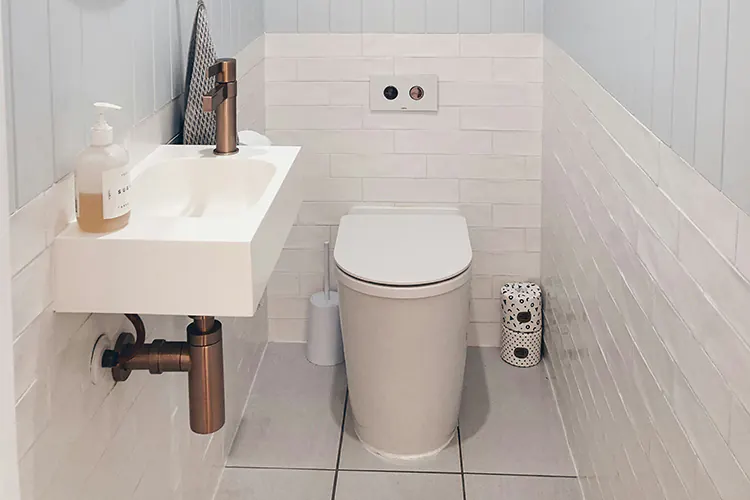
To start, prevent more water from coming in by either closing the tank's flapper or shutting the water valve.
A good plunger is crucial here.
Make sure it's a flange plunger.
Plunge with power, maintaining a tight seal.
This method is most effective for common clogs.
If a plunger isn't around, you have other options.
Try combining hot water and dish soap in the bowl.
Or use baking soda with vinegar.
These mixtures can help break down clogs.
Receive the best offers for your home, negotiated for you
Unsubscribe anytime. We promise, no misused or sold emails, we hate unsolicited mailings.A plumbing snake is another great tool.
It can handle tough clogs by breaking them up.
In rare cases, a wet/dry vacuum might be necessary.
Bio-cleaners are safer than harsh chemicals for your pipes.
There are several creative ways to DIY unclog your toilet.
For example, you could make a tool similar to a plumbing snake at home.
Or try using a toilet brush to clear the way.
If you're stuck, don't hesitate to call in experts.
Learning to unclog a toilet is a key skill. Many people have to face this problem without a plunger on hand.
Here are some easy and effective ways to solve this issue at home.
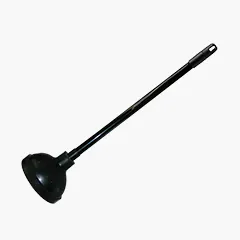
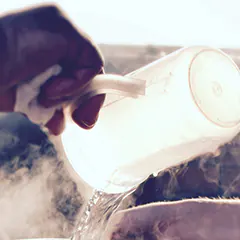
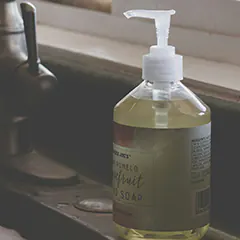
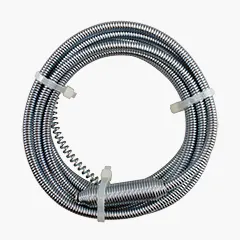


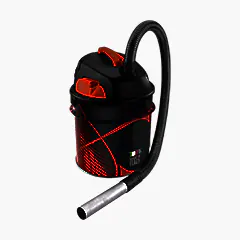
1. Plunger use
Using a plunger is the most common way to unclog a toilet.
Make sure to put it firmly against the opening.
Then, push and pull with force to break the clog.
2. Hot water method
If you don't have chemical cleaners, try using hot water.
Boil water in a pot or kettle, then pour it into the toilet.
Flush as you normally would.
The hot water can help melt the blockage.
Adding dish soap to this mix can make it even more effective.
3. Dish soap unclogging
Dish soap can help make the water and surface of the toilet slippery.
This makes it easier for clogs to move. Pour some dish soap in the toilet first.
Then, add hot water to create a slimy path for the clog to slide through.
4. Plumbing snake
Sometimes, clogs are too tough for a plunger.
That's when a plumbing snake comes in handy.
This tool can reach deeper into the pipes to clear the blockage without harming the toilet.
5. DIY tools
If you don't have a snake, you can try making one with a wire hanger.
This works for certain kinds of clogs.
Be careful and gentle as you try to break up the clog.
6. Bio-cleaner for toilets
Enzyme cleaners are a green option.
They eat away the clog without harming your plumbing.
These cleaners might take more time to work, but they are safe for the environment.
7. Wet/dry vacuum solution
Using a wet/dry vacuum in wet mode can also help.
This powerful tool can suck out not only water but also tough clogs.
It's a strong last option.
Trying these methods can help you solve most toilet clog issues.
Keep in mind, don't flush paper towels, feminine products, baby wipes, and other non-degradables.
These can clog your toilet again.
If you've tried everything and nothing works, it's best to call a professional plumber.
As a conclusion
After solving a clogging problem, the work is not over.
It's wise to use toilet care tips regularly to avoid more trouble.
This article shared ways to unclog a toilet without a plunger.
You can use simple things found at home, each method for different clog types.
For example, a mix of hot water and dish soap and another using baking soda and vinegar.
These tips are great when you need to solve bathroom clogs.
Sometimes, DIY won't cut it.
Chemical cleaners often don't work, and hard-to-reach clogs need special tools.
A professional is essential for tough jobs, like using a toilet auger.
Preventing clogs is also key.
Checking your toilet often and not flushing unwanted items down can help.
Remember, a clogged toilet is a big hassle, but maintaining it means fewer problems in your daily life.


